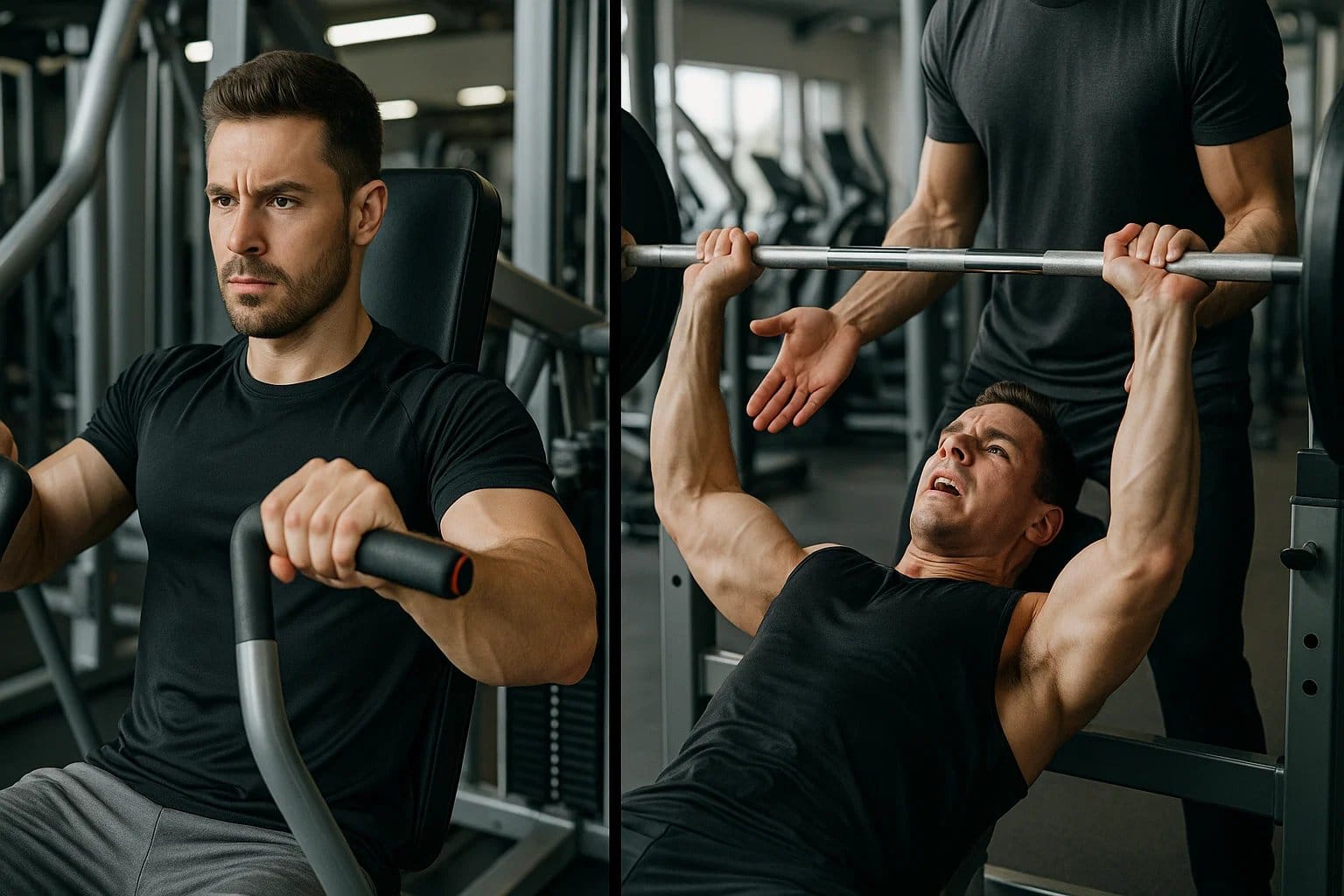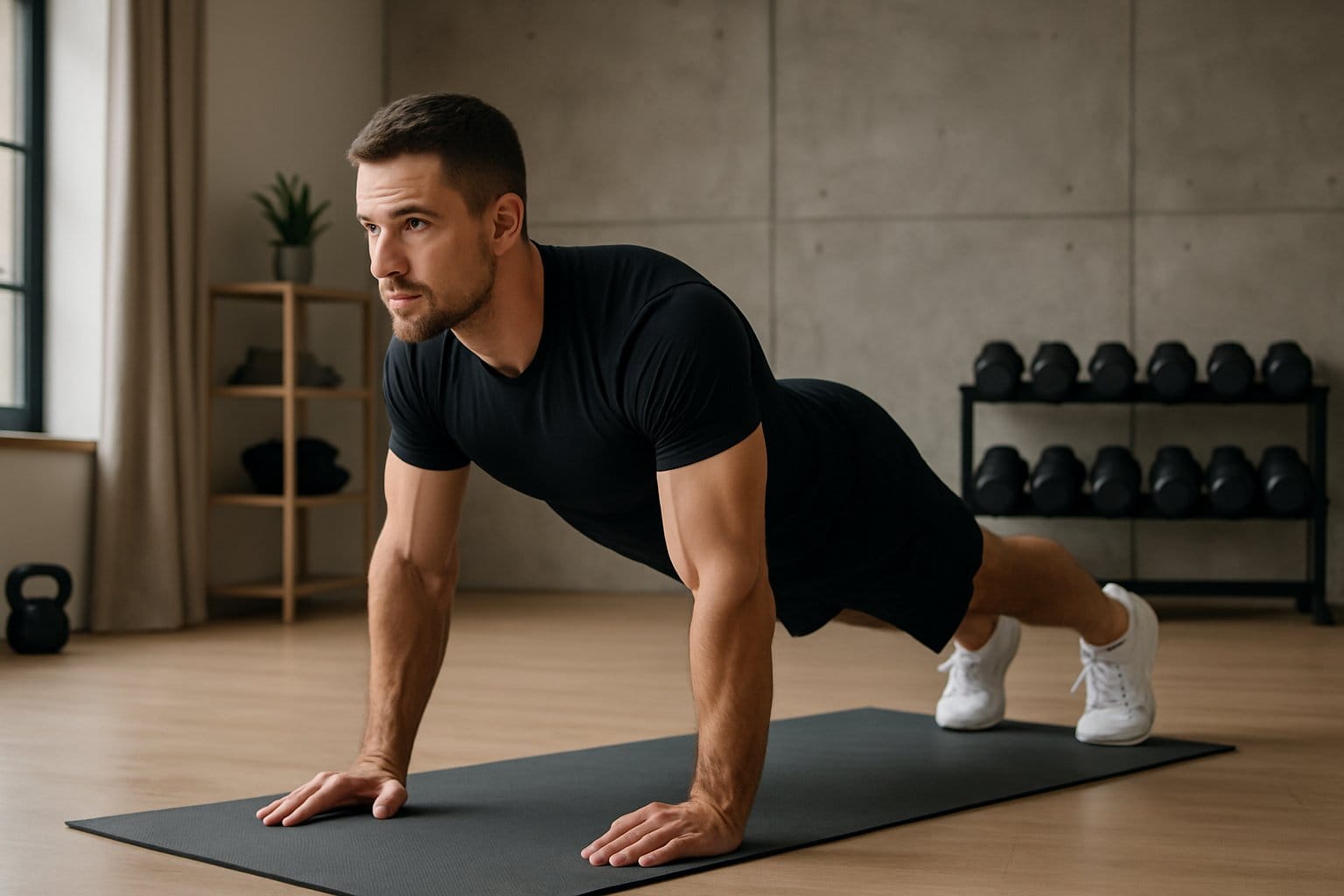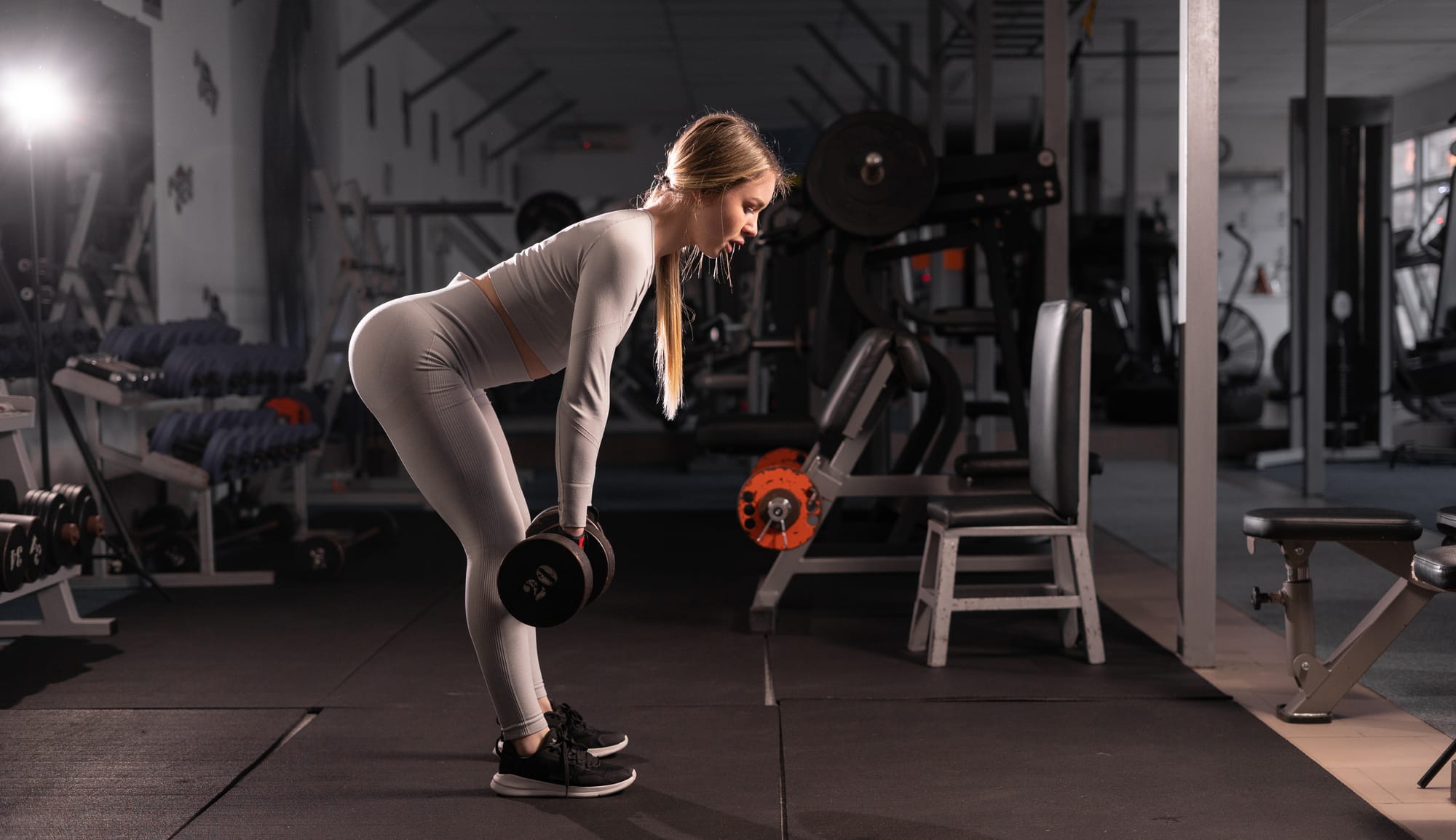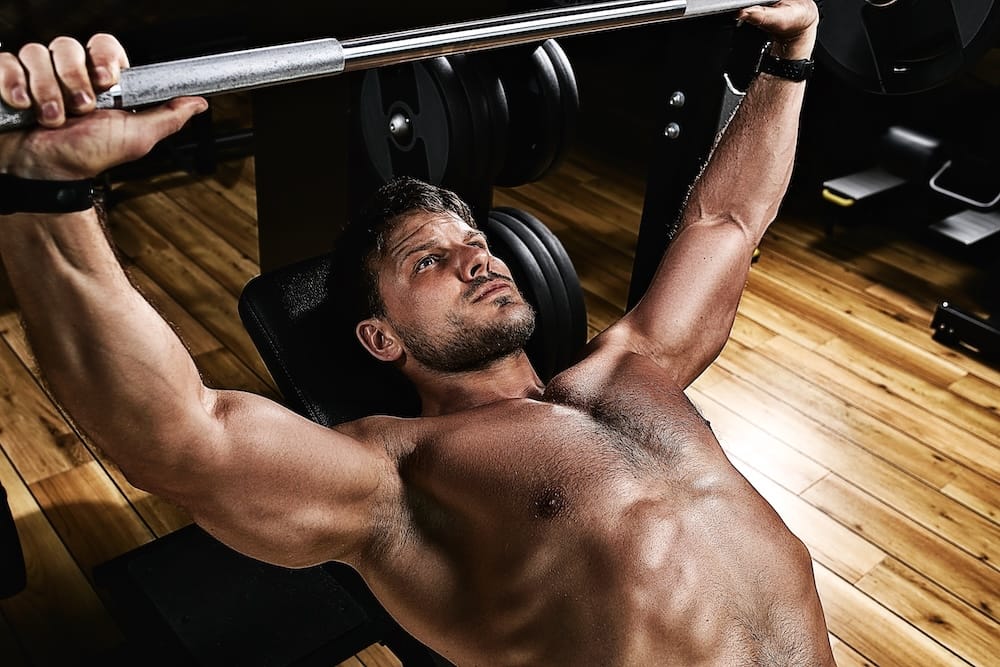Bad Ab Genetics: Causes and Fixes
Understand whether or not you have bad ab genetics and what solutions and exercises you can use to work around them.
If you’re focused on aesthetic workouts, a perfect six-pack is probably one of the first things you have on your fitness checklist. But what if you’re stuck with abs that look not-so-great?
If you find that no matter how much you exercise, your stomach isn't shaping up, could it be due to genetics? That's when you need to know more about bad ab genetics.
Do genetics affect how your abs look? And how do you even know if you have terrible abdominal genes?
First, let’s examine why humans can achieve the six-pack look anyway: Why are our stomach muscles divided into six? Are you ready?
Why Are the Abs Divided into a Six-Pack?
Generally, six-packs are considered “good ab genetics.” This is largely based on social factors.
They’re seen as being hard to achieve, making them a bit of a status symbol. Additionally, in popular culture, they are highly praised as an attractive quality, especially in men, along with a V taper.
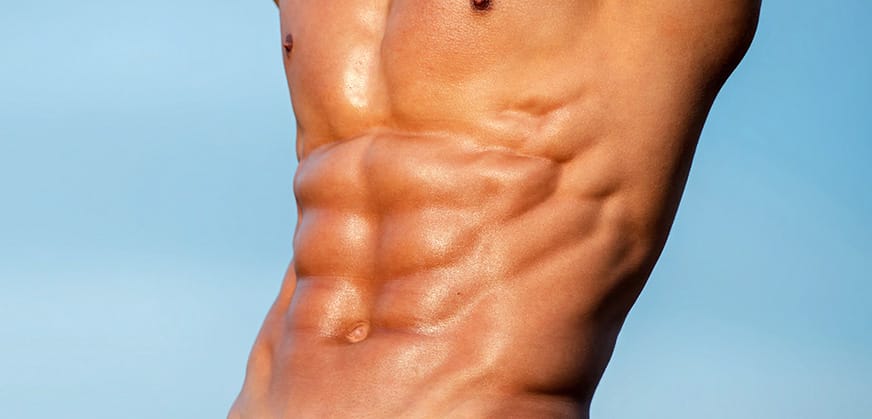
What about a six-pack for women? For women, the ideal body type allows for slightly more fat, but defined abs and a toned butt are considered key components of a great body.
Every popular star seems to have stellar abs. From the Spider-Man physique to a Daniel Craig workout to get James Bond jacked, you’ll find all the stars sporting almighty six-packs.
But biologically, how do these muscles develop?
You might be wondering why your abs are split into sections at all.
The “six-pack” effect is determined by what scientists call “tendinous inscriptions” of the rectus abdominis or “tendinous intersections” in the abs.
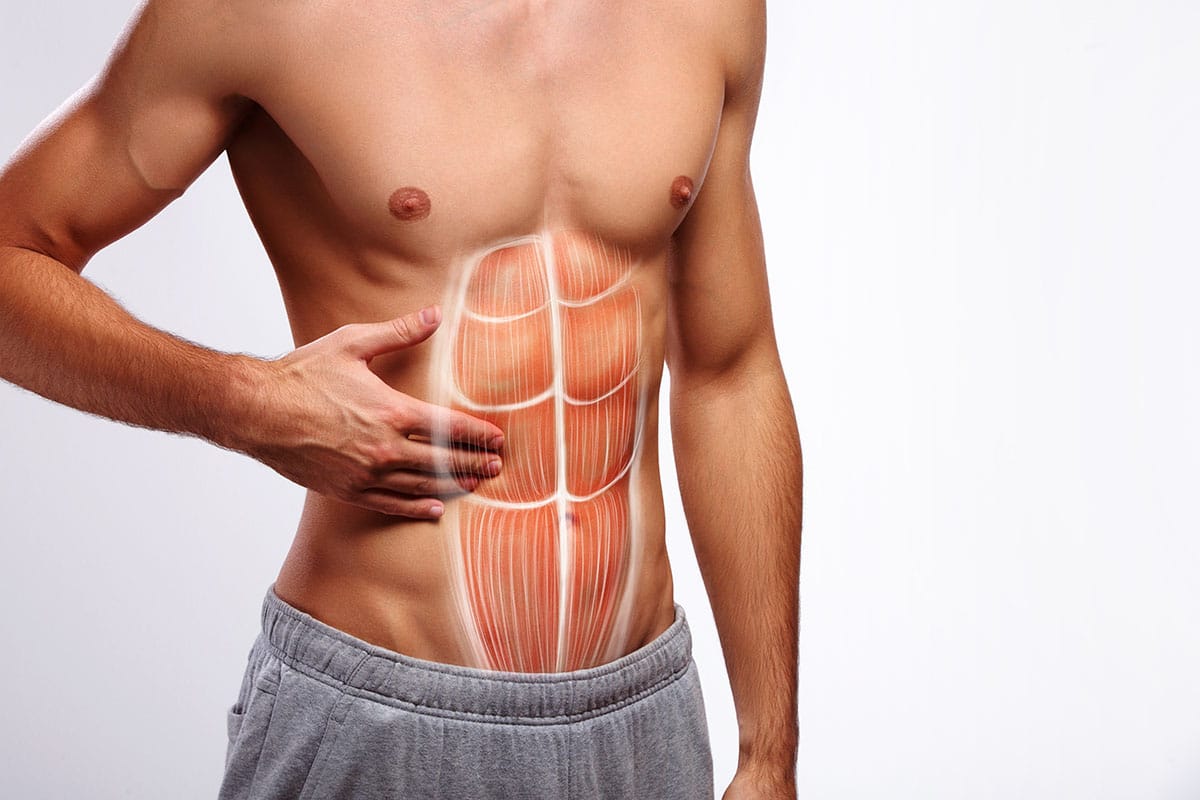
These inscriptions are made of fibrous bands that cross your muscles. They sit across the anterior (front) part of what’s called the rectus sheath— the area that holds your rectus abdominis muscles, aka your six-pack.
In a surgical anatomy cadaver study by Anson and McVay, the researchers analyzed 162 rectus abdominis muscles on 81 cadavers.
They found that most people (specifically 58%) had three tendinous inscriptions, although numbers ranged from 1 to 4 inscriptions, depending on genetics.
People with three inscriptions, where each of the three is divided in two by the “linea alba” (the center line that divides your abs vertically), would therefore have 6 visible ab sections!
Now that you understand Abs 101, let’s see what makes some abs “good” and others “bad.”
Here are a few examples showing whether you might have bad ab genetics.
Bad Ab Genetics— Examples
Although ultimately strong, functional abs are the most important consideration to make when minding your midsection, there are a few qualities considered more aesthetically pleasing and physically optimal.
Here are a few examples of characteristics considered bad ab genetics in the world of fitness.
1. Uneven Abs
If your abs are uneven, it’s possible that all the muscular sections of your six-pack are approximately the same size, yet the dividing lines don’t line up, giving your abs an uneven look.

This is genetically determined; you cannot do much about it.
Although you may find it an insecurity, as long as your abs look strong and fit, you’re probably the only one who has noticed a little unevenness!
If this is your case, continue to train, working towards strength and low body fat— not perfect symmetry. There’s a great chance that you’ll still look incredibly aesthetic, even with a slightly uneven six-pack.
2. Body Fat Distribution
Your genes play a role in how fat sits on your body.
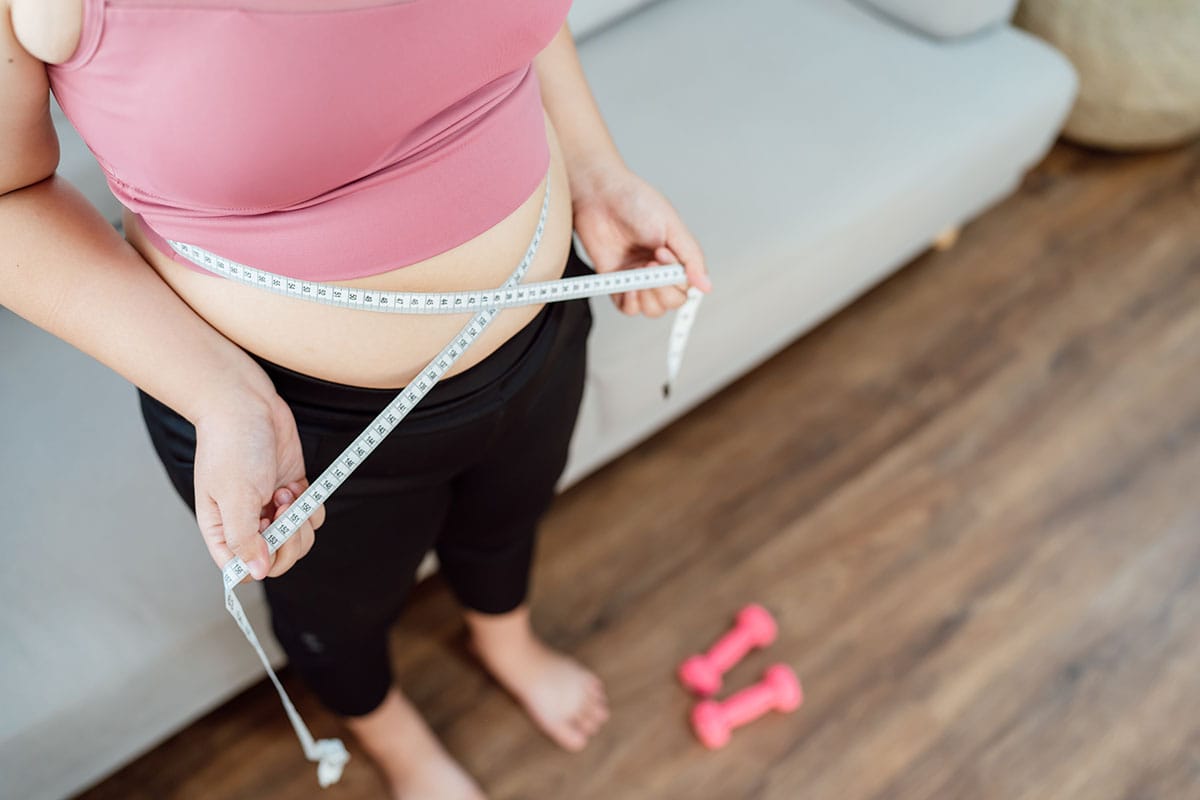
There are two types of belly fat: visceral fat and subcutaneous fat.
- Visceral fat sits deep down in between your organs. It’s associated with poor health outcomes like heart disease and certain cancers.
- Subcutaneous fat sits more shallow in your body, just under the skin. It poses less risk to your health but can prevent your abdominal muscles from showing through.
5 lbs of fat vs. muscle looks very different, and your tendency to gain excess fat vs. muscle can be genetically predisposed. You can blame Mom and Dad (within reason) if you’re sporting a little extra beer gut!
3. Poor Training
When we talk about training the abdominal muscles, we usually refer to the rectus abdominis— your “six-pack” muscles and the obliques— the side abs or waist muscles.
Depending on your training program, you may be overtraining in one area while neglecting the other.
We recommend a balanced core training program that emphasizes all parts of the core muscles. There are four exercises that we’ve outlined in this article that include both rectus abdominis and oblique activation.
4. Back Problems
Back conditions like scoliosis, kyphosis, or lordosis determine how your spine sits in your body. Scoliosis— a sideways curve of the spine, specifically, can affect how your abs look and cause an uneven appearance.
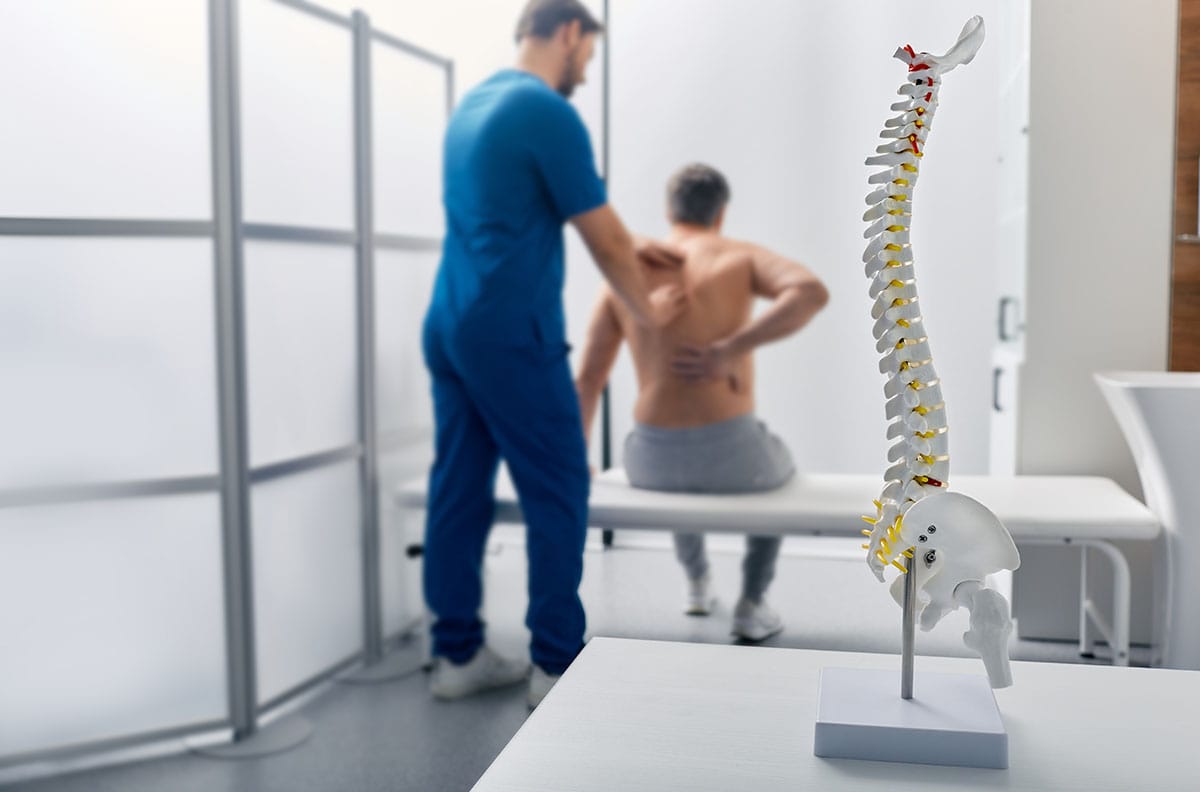
Although scoliosis is a multifactor issue, your genes certainly play a role. Genetics influence the severity of your spinal curvature.
You may find that your spine sits more or less crookedly, depending on your genes.
This can “shorten” the abs on the side where your spine curves in on itself and elongate them on the other side.
Although you may still see a six-pack, not all six divided parts will look the same size.
If scoliosis impacts how your abs look, you may feel self-conscious about seeing size unevenness across the different parts of your six-pack, even if you have low body fat.
5. Less Tendinous Inscriptions
We’ve already covered how tendinous inscriptions work. And the average number of tendinous inscriptions you’d need to see a 6-pack is three.
If you have less than that, for example, one or two tendinous intersections, you may only notice a four-pack, or even a two-pack (approximately 2% of people have this ab type).
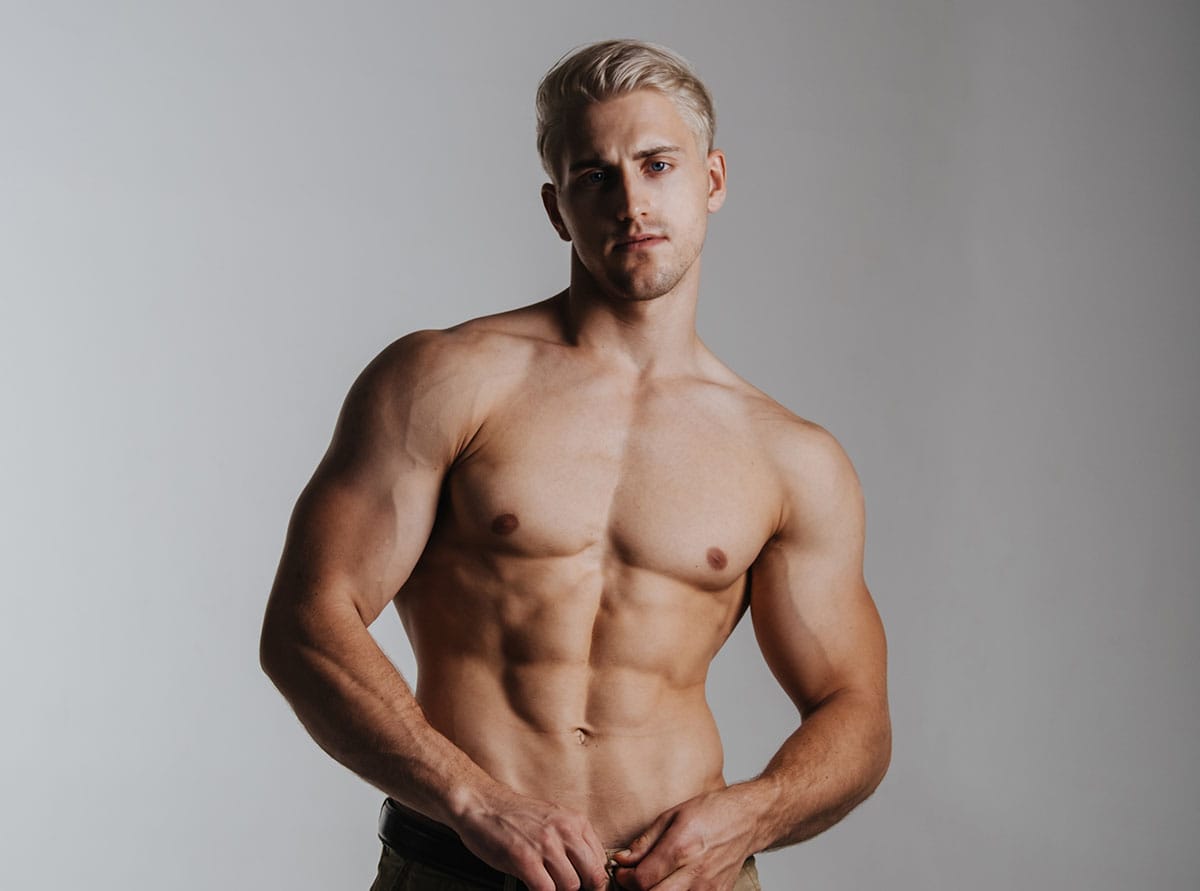
There’s a reason why Arnold Schwarzenegger can’t get a six-pack. He doesn’t have the genes for it! Go figure.
Even some of the most famous faces in fitness do just fine without six-packs. So, if your tendinous inscriptions aren’t quite there, don’t despair. There are clearly other ways to look good. If you think you may have bad ab genetics, here’s one solution: these are four of the best ab workouts you can do for bad ab genetics.
Best Workouts for Bad Ab Genetics
So if your ab genes suck, is there a remedy?
You can’t change nature, but you can optimize your workouts to plan around your shortcomings. Here are four effective ab workouts for those with bad ab genetics to help max out core development:
1. Plank Holds
The plank is an example of isometric exercise training that will build core stability and strength. This type of exercise involves a static hold of one position (wall sits are also an example).
What this does is help you build up stability throughout the whole core.
Although it’s not as fundamental to getting shredded (this mainly comes from losing fat), planks help you strengthen your abdominals holistically.
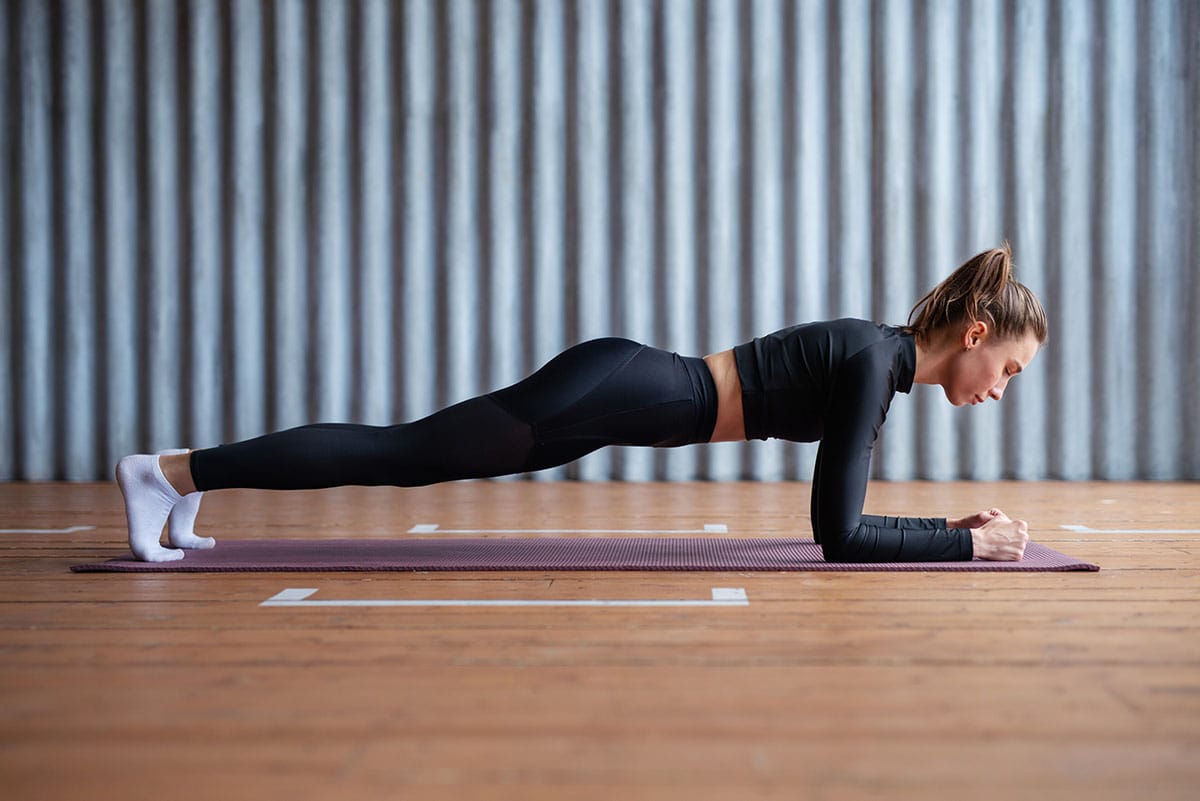
- How to: Try to hold a high or forearm plank for at least 30 seconds to one minute. Practice 3 plank holds per workout. Engage your full core and focus on endurance.
Plank has different types and variations you can add to your workout. Plank variations are easy to perform at home as they don't require any special equipment.
2. Hanging Leg Raises
This exercise targets your lower abs by lifting your legs while hanging from a bar. Focus on slow, controlled movement to better activate your muscles.
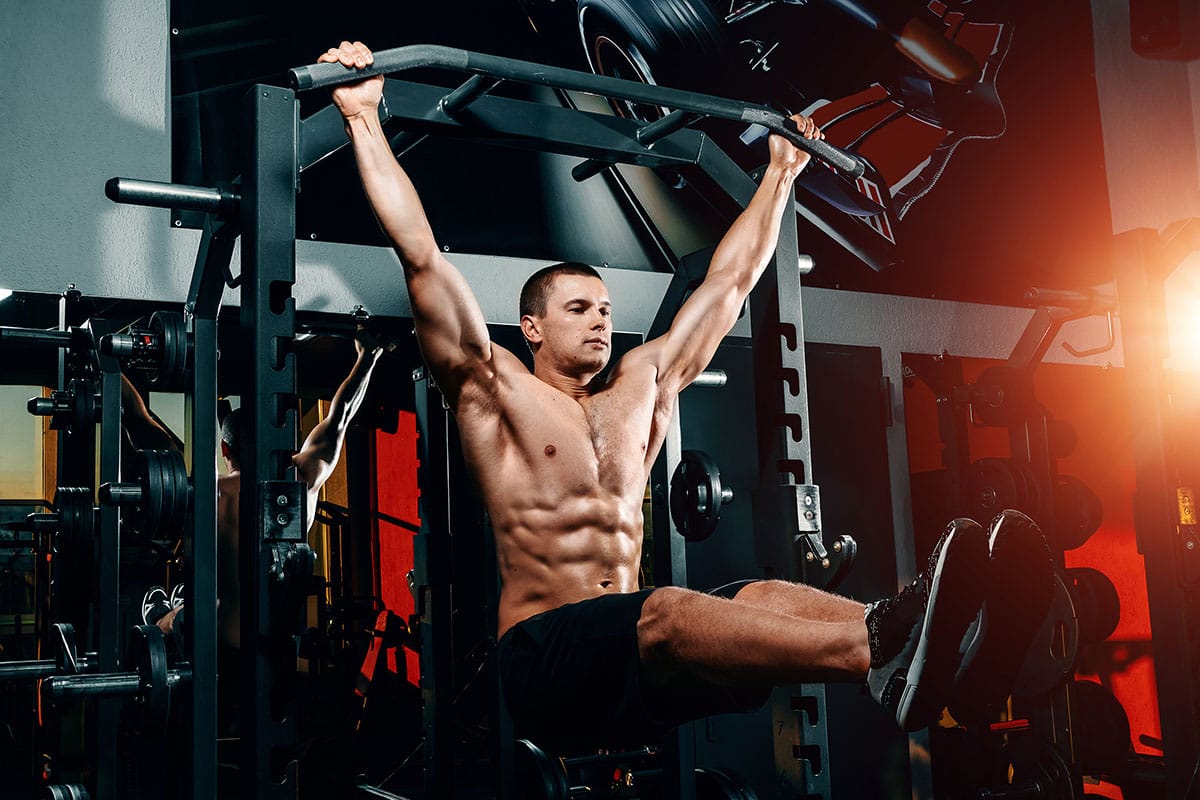
- How-To: Hang from a high pull-up bar. You can also use the handles on a Power Tower for a Power Tower workout. With your knees either extended straight or bent, flex your hips to bring your thighs in towards your body. Slowly lower back down with resistance to complete a rep. Continue for 3-4 sets of 8-12 reps.
3. Cable Crunches
This exercise uses a cable machine to help you perform crunches with resistance. Adding resistance to your abs makes for better growth and definition.
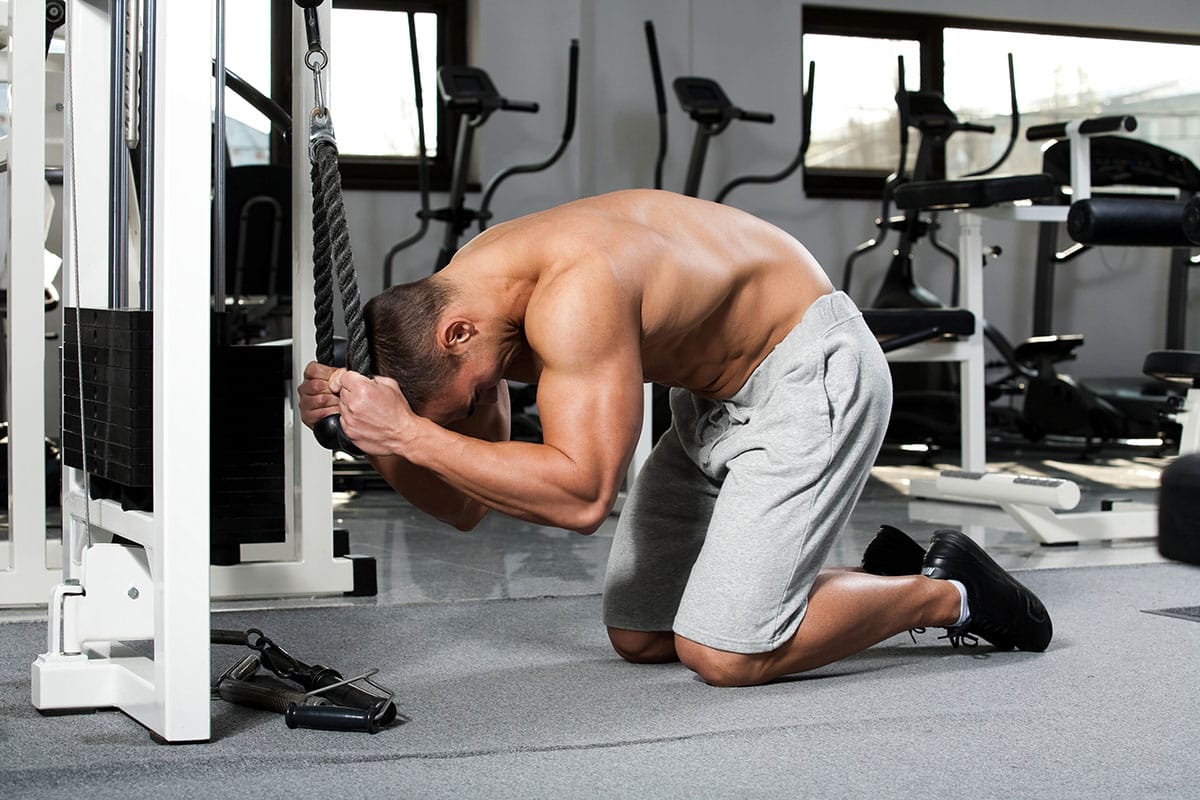
How-To:
- Load an appropriate resistance to the weight stack of a cable pulley machine.
- Set your machine to a low height that you can grab while kneeling.
- Attach a rope handle.
- From your knees, grab your handle with an overhand grip.
- Keep your neck in a neutral position and head looking down.
- Contract your abdominal muscles to curl forward, pulling your weight with you.
- Resist your weight as you come back up to your kneeling position.
- Continue for 3-4 sets of 8-12 reps.
4. Russian Twists
Do Russian twists make your waist smaller?
Well, they can certainly make it stronger! This move can be done by holding a dumbbell, kettlebell, or even unweighted to work the obliques— the side muscles that run along your waist.
Strong obliques will help frame and enhance your six-pack to create an all-over strong core.
The alternating side-to-side motion engages both your obliques and rectus abdominis and improves your rotational strength.
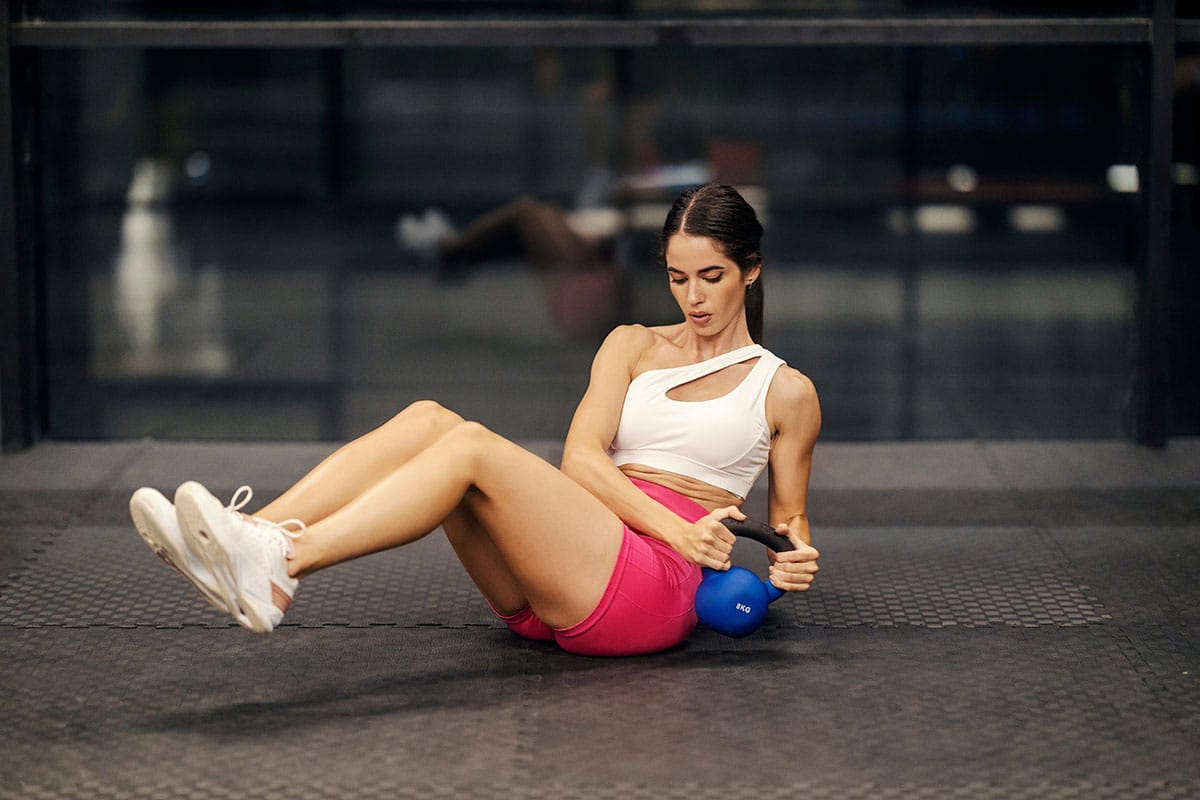
How-To:
- Grab a single heavy weight, like a dumbbell, medicine ball, kettlebell, or other piece of equipment of your choice. You could even use something like a dictionary if you’re at home.
- Sit on the ground with your knees bent. Your feet can be planted (an easier variation) or hovering (harder).
- Twist at the waist and lower your weight with control toward the left side of your body, squeezing your obliques.
- Come back through the center, then drop towards the right. Continue to repeat, alternating sides.
- Aim for 3 sets of 10 reps per side.
FAQ
How low does your body fat need to be to see abs?
For men, you’ll need a body fat percentage of around 10% (although this can range as low as 6% and as high as 13%) to see your abdominal muscles.
Women can have a slightly higher body fat percentage— about 14%-20% and often see visible ab definition.
Of course, this depends a lot on your individual body composition, too. There’s no guarantee that just because your gym buddy has a six-pack at 10% body fat, you’ll see the same.
Are visible abs genetic?
Although, as we’ve addressed above, your genes can play a role in how your body stores fat, whether or not you have visible abs depends on overall leanness and muscle growth.
If you work to build up your abdominal muscles, they’ll only show through and become visible if you have low enough body fat.
How do you reduce your body fat so your abs show?
This is mainly dietary but a solid cardio workout routine can help you out too!
Remember to:
- Consume lean protein: If you’re active, try to eat about 1.4-2.2 grams of protein per kg of body weight.
- Get a solid sleep: How you rest helps your metabolic processes. This can influence your body’s ability to repair itself and how you store or burn fat. The recommended amount of sleep for a healthy adult is around 7-9 hours per night so try to aim within this range.
- Increase cardio: If you struggle to lose fat, cardiovascular exercise like jogging, swimming, cycling, or using an elliptical trainer can help you burn more calories and reduce your risk of heart problems. Adults should try to get 150 minutes of cardio per week.
- Strength train 2-3x per week: Now that you’ve got a few ab-building exercises, try to apply them and resistance train at least 2-3 days weekly. You’ll want to include leg days as well as push day workouts and pull day workouts for a balanced weekly workout split.
Can I get a six-pack if I have bad genes?
It’s possible!
Even if your genes aren’t necessarily optimal for muscle building and body fat distribution in the stomach area, it can be possible to get a six-pack.
The bottom line is that you’ll need to focus on reducing your overall body fat and building up the abdominal muscles to see visible abs.
Are 8-pack abs real?
Yes! Although they’re less common than the six-pack.
To achieve a visible 8-pack, you’d need to have four tendinous intersections running across the sheath of your rectus abdominis.
It’s not unheard of. In fact, about 20% of the population has 4 lines crossing their rectus abdominis. If they were to work out to build muscle and reduce body fat optimally, these lucky people have the potential to see 8-pack abs!
So while it’s less common than the six-pack, yes the 8-pack exists and it’s likely you’ve met someone who has one.
In Summary
Some genes are more viable than others for building great abs than others.
Bad ab genetics include:
- Poor body fat distribution
- Uneven muscles
- Less tendinous inscriptions
- Back health issues
That being said, good or bad ab genetics aren’t the be-all and end-all of getting a great physique. What you do in the gym and lifestyle matters a whole lot more.
No matter your genes, optimizing your training with simple moves like cable crunches, planks, hanging leg raises, and Russian twists will help you build your abdominal muscles.
If your ab genetics aren’t optimal, remember to put an extra focus on your work outside the gym. Pay attention to:
- Smart recovery
- Lean diet
- Optimizing rest
- Reducing overall body fat.
These key factors are the best tools to help you easily work towards your best two-, four-, six-, or eight-pack.
Get AB-solutely shredded by tracking your workouts! The Flex Fitness app is an all-in-one personal trainer in your pocket. Get tailored workout plans, access to a digital fitness community and auto progression at your fingertips for better workouts the smart way.
You can throw your tattered workout notebook away and download the app for free today.
Related articles
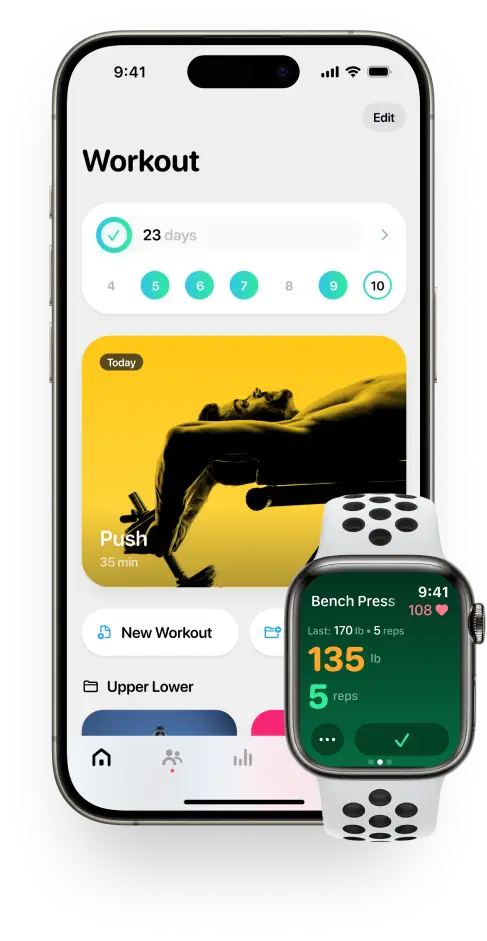
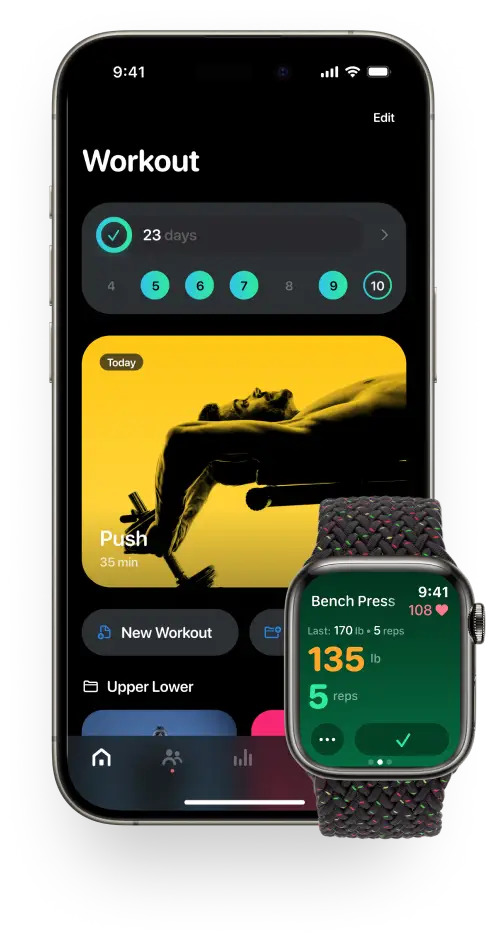
Get fit with Flex
Build muscle & lose weight fast for free.
Available on iPhone + Apple Watch


